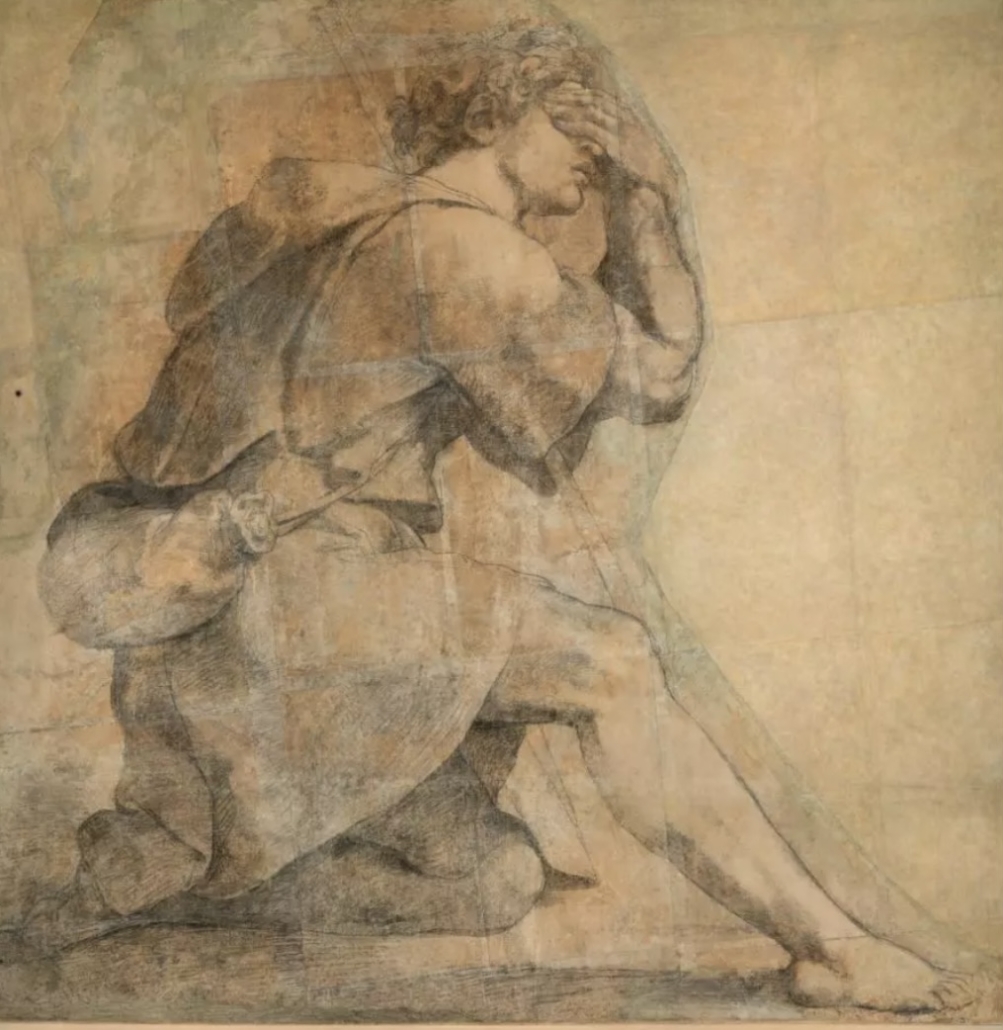Naples à Paris
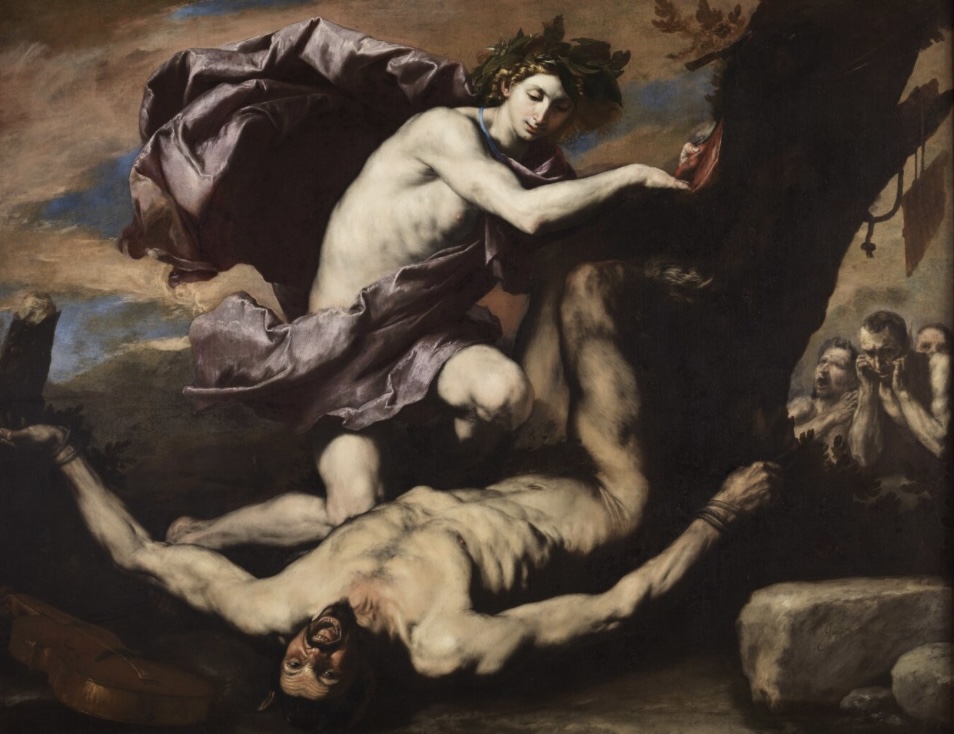
Reaffirming the importance of collaboration between European museum institutions, the Louvre Museum has entered into a partnership of unprecedented scope with the Capodimonte Museum for the year 2023. Former hunting residence of the Bourbon rulers, the palace (the Reggia in Italian) now houses one of the largest museums in Italy and one of the most important art galleries in Europe, both in number and in quality. exceptional works preserved. Capodimonte is one of the only museums on the peninsula whose collections make it possible to present all the schools of Italian painting. It also houses the second drawing cabinet in Italy after that of the Uffizi as well as a remarkable set of porcelains.
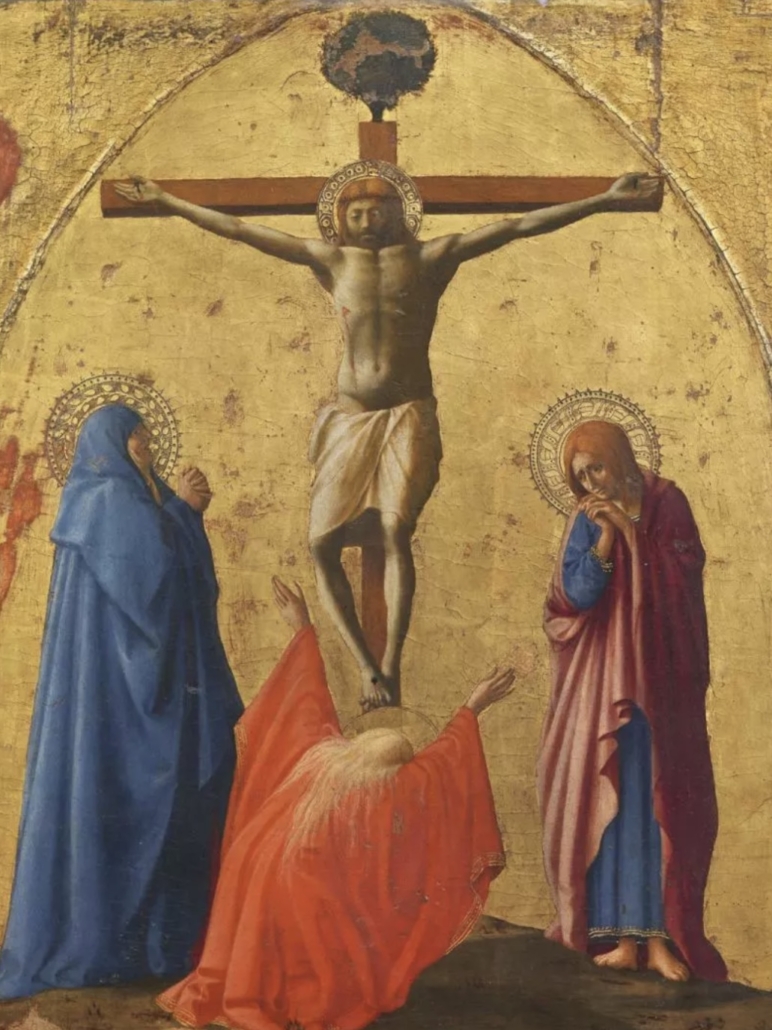
Around sixty of the greatest masterpieces of the Neapolitan museum will be exhibited in three different places in the Louvre, the Salon Carré, the Grande Galerie and the Rosa room. The desire of the two museums is to see the emblematic masterpieces of Naples mingle with those of the Louvre, in a truly exceptional presentation: the combination of the two collections will offer visitors for six months a unique insight into Italian painting from the 15th century. in the 17th century, also allowing a new vision of both the Louvre and Capodimonte collections.
Thirty-three paintings by Capodimonte, among the greatest of Italian painting, will enter into dialogue with the collections of the Louvre (works by Titian, Caravaggio, Carracci, Guido Reni to name but a few), or complete them by allowing the presentation of schools little or not represented – in particular, of course, the singular Neapolitan school, with artists with dramatic and expressive power such as Jusepe de Ribera, Francesco Guarino or Mattia Preti.
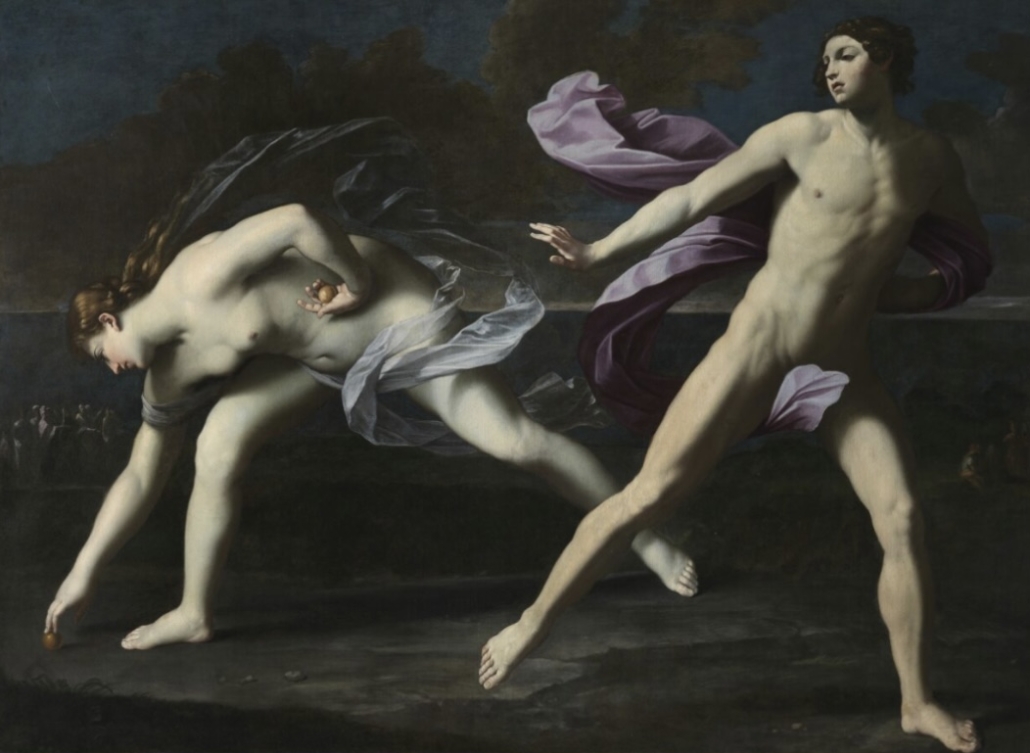
It will also be an opportunity to discover the moving Crucifixion by Masaccio, a major artist of the Florentine Renaissance but absent from the Louvre’s collections, a large historical painting by Giovanni Bellini, The Transfiguration, of which the Louvre has no equivalent or three more of Parmigianino’s most magnificent paintings, including the famous and enigmatic Antéa. The confrontation of these works with the Correggios of the Louvre certainly promises to be one of the highlights of this meeting.
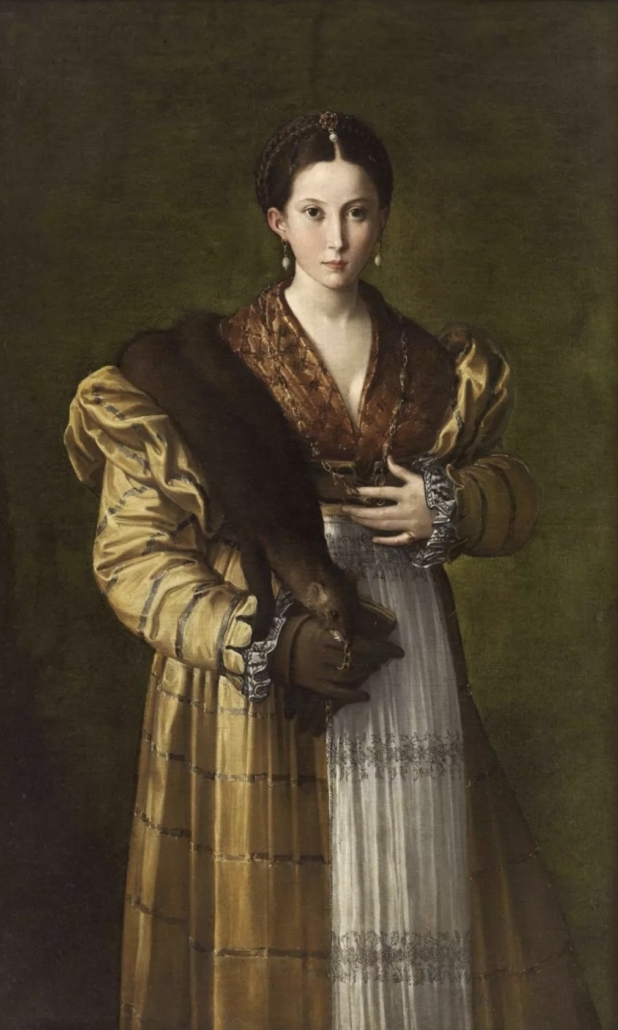
The Capodimonte collection is the result of a unique history in Italian collections, which largely explains the diversity of the works presented there. Before the unification of Italy (the Kingdom of the Two Sicilies was attached to it in 1861), three dynasties played an essential role in the constitution of this impressive ensemble: the Farnese, the Bourbons and the Bonaparte-Murat.
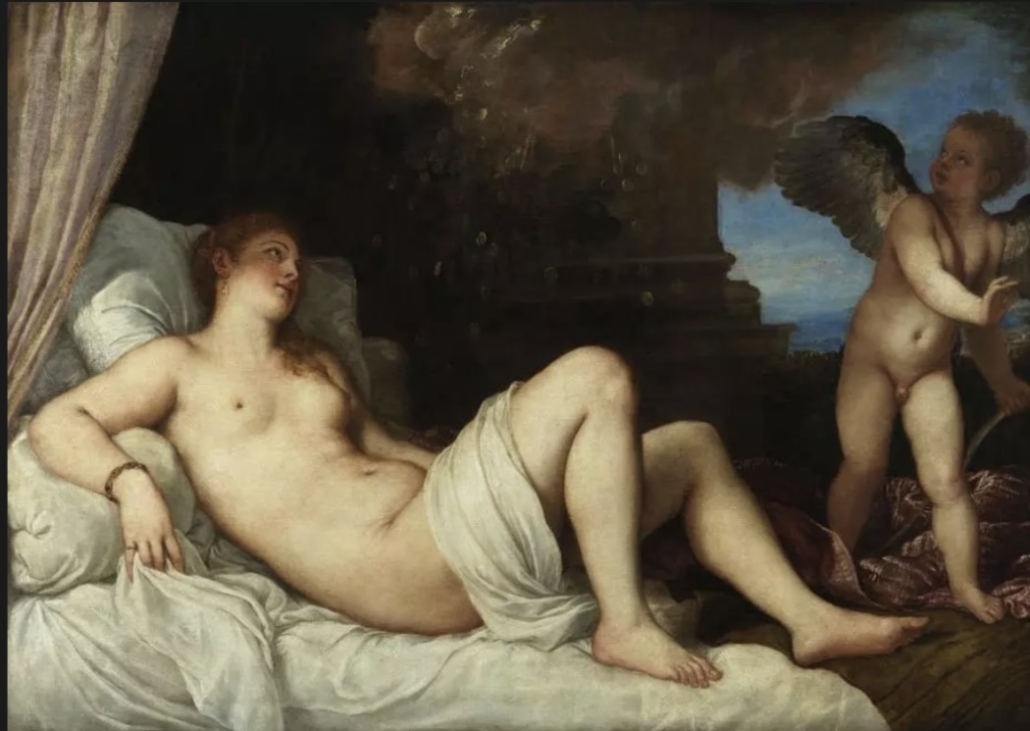
Bringing together such important paintings as the Portrait of Pope Paul III Farnese with his Nephews by Titian and the Portrait of Giulio Clovio by Greco, spectacular sculptures and art objects, which are all exceptional loans – including the Cofanetto Farnese, the most precious and refined of Renaissance goldsmith works with Benvenuto Cellini’s Salt Shaker of Francis I, and Filippo Tagliolini’s extraordinary biscuit, La Chute des Géants – the exhibition in the Chapel room will allow visitors to discover the richness of this collection, reflection and witness of the different golden ages of the Kingdom of Naples.
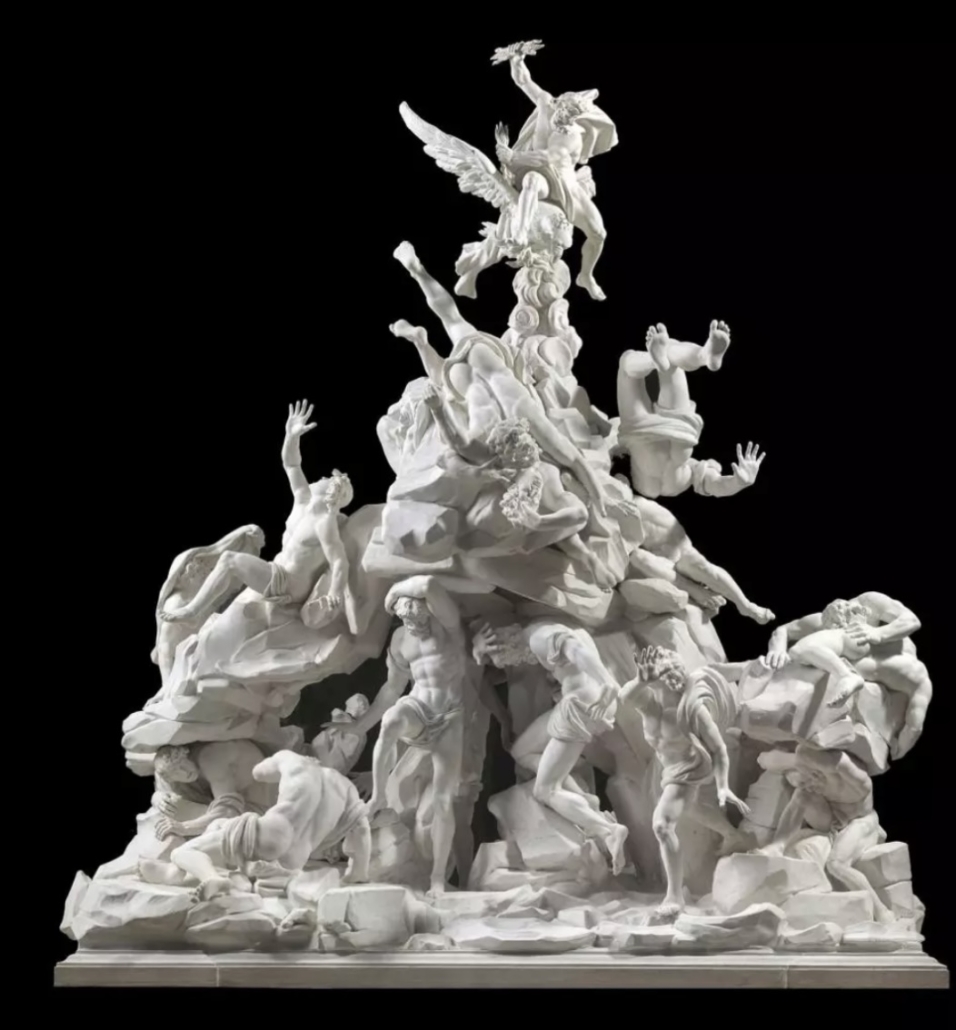
Rich in more than 30,000 works, the Cabinet of Drawings and Prints of Capodimonte owes part of its treasures to Fulvio Orsini, humanist, great scholar and librarian of Cardinal Alessandro Farnese, known as the Grand Cardinal and grandson of Pope Paul III . Orsini constituted the first collection in the world to consider study drawings and preparatory drawings. This new and revolutionary approach will make him acquire four fabulous cartoons which were then considered to be the hand of Raphael and Michelangelo. Moses before the Burning Bush by Raphael and the Group of Soldiers by Michelangelo are preparatory to the decorations of the Vatican and today recognized as rare autograph works. The cartoon of the Madonna of Divine Love and that of Venus and Cupid are considered works executed in the immediate entourage of the two masters.
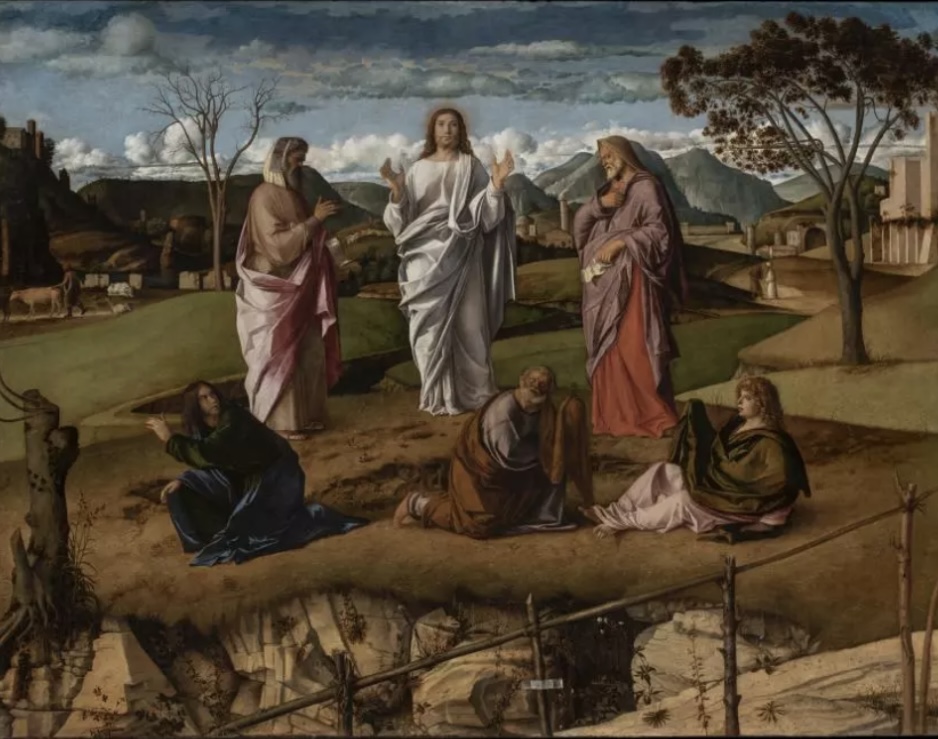
These extremely rare works will be presented at the Louvre in dialogue with famous cartoons kept in the Cabinet des Dessins du Louvre, such as Saint Catherine by Raphaël or the cartoon of La Moderation by Giulio Romano, Raphaël’s closest pupil and collaborator, recently restored. An ambitious cultural program will give this invitation, beyond the rooms of the museum, the dimensions of a true Neapolitan season in Paris.
